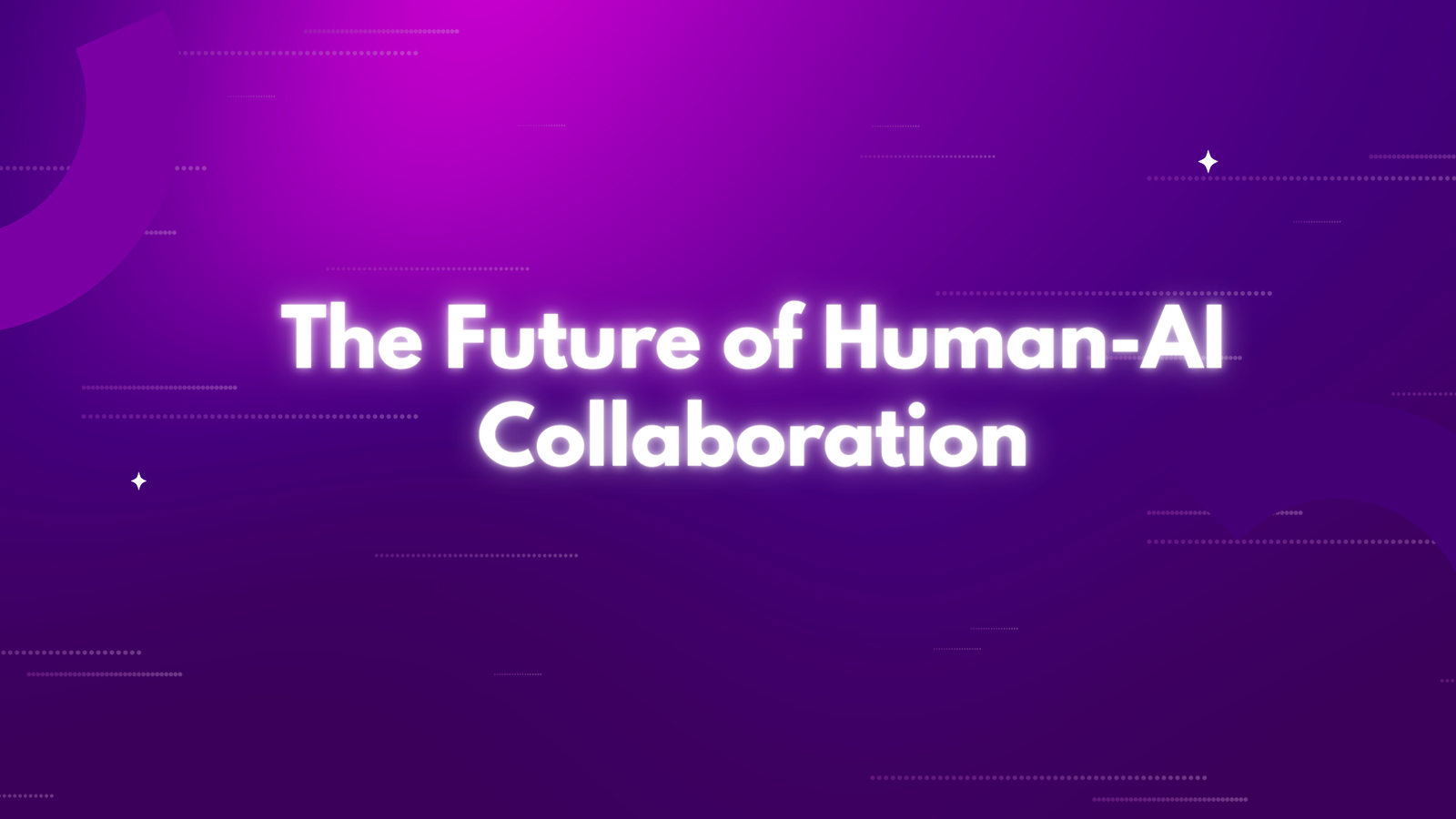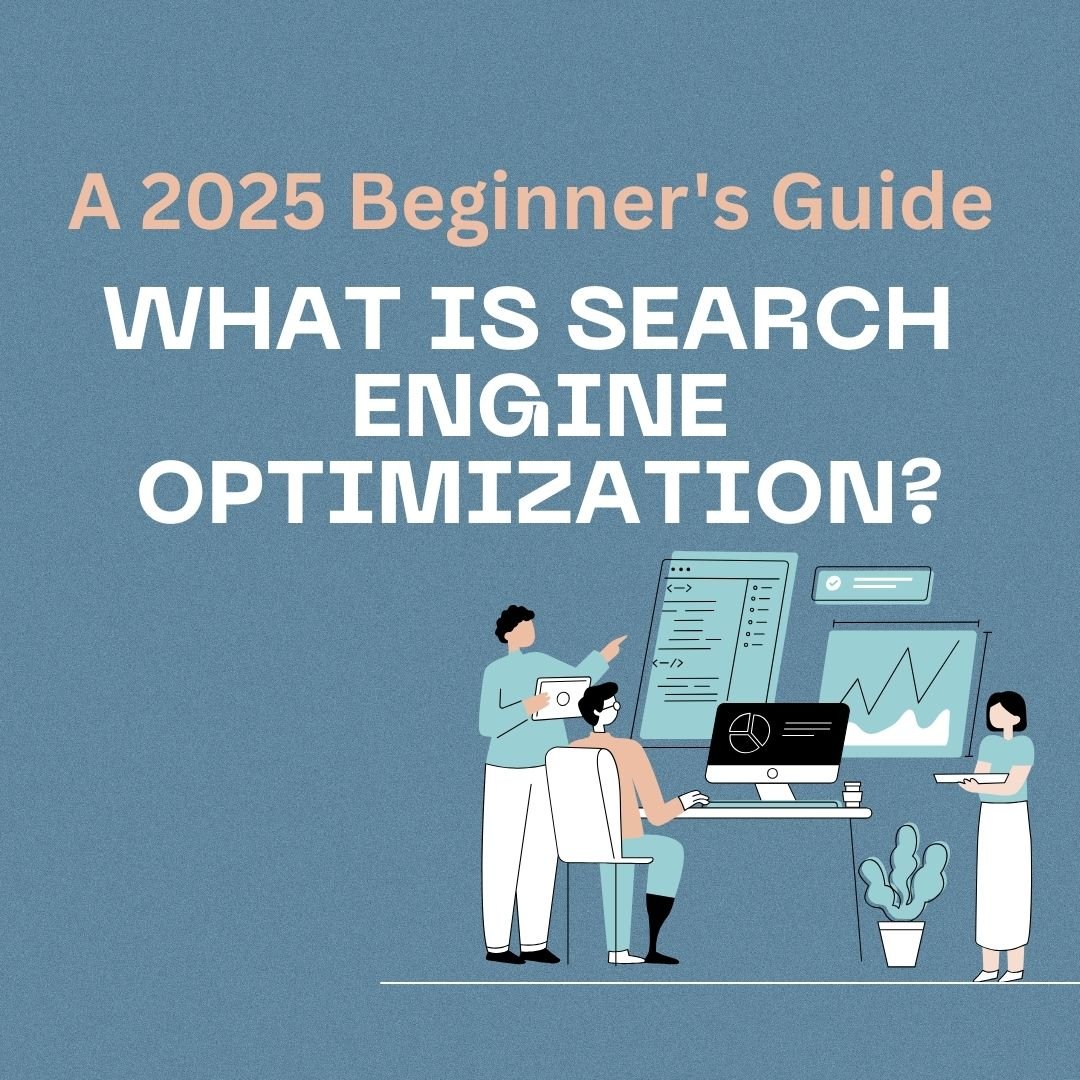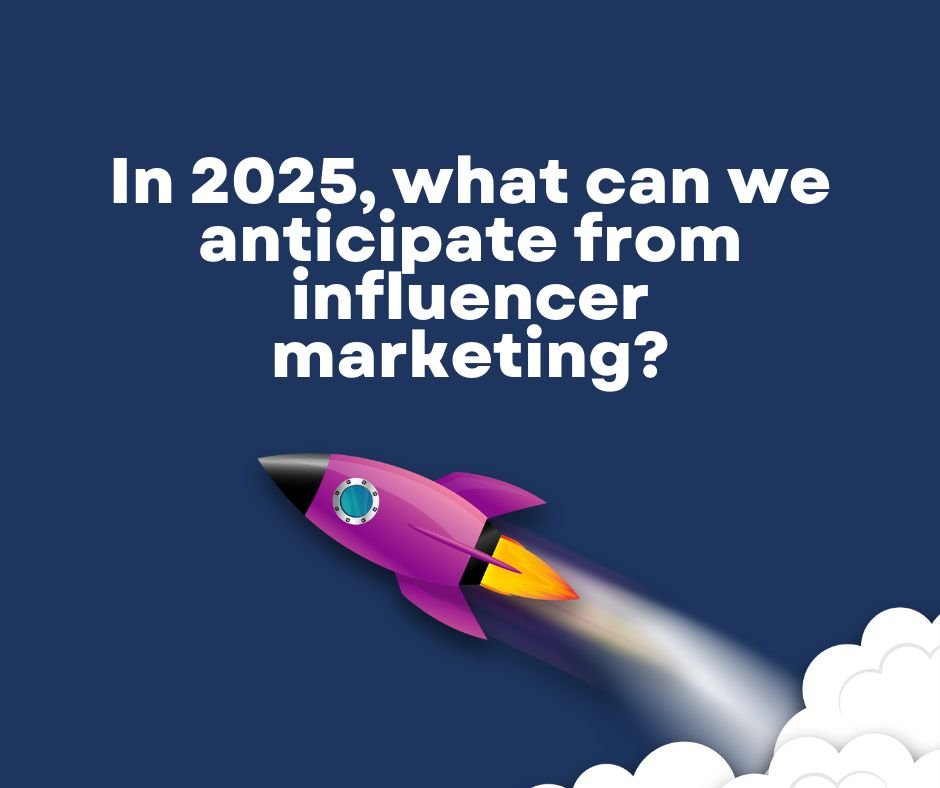Problem: We Can’t Keep Up Alone
As the volume of data, tasks, and expectations grows across industries, it’s becoming harder for individuals and teams to keep up. We’re working longer hours, but productivity gains are slowing. Knowledge workers are overwhelmed with repetitive tasks that eat into creative and strategic work.
A McKinsey study from 2023 found that the average knowledge worker spends about 60% of their time on mundane, repetitive tasks, such as writing emails, scheduling meetings, compiling reports, and searching for information.
This situation isn’t just a time management issue. It’s an economic one. In a world where agility and speed determine competitive advantage, organizations relying solely on human effort are falling behind.
The real problem: we’re asking humans to do tasks that machines can now handle better.
Agitation: It’s Starting to Show in the Numbers
Companies that are slow to integrate AI are seeing the effects. Productivity plateaus. Turnover rises due to burnout. Innovation slows because teams are buried under routine work. Meanwhile, competitors who leverage AI are accelerating.
Let’s look at a concrete example.
Case Study: Morgan Stanley and OpenAI
In 2023, Morgan Stanley deployed a custom AI assistant powered by OpenAI’s GPT technology to help its financial advisors quickly access the firm’s intellectual property, policies, and research content.
Before this system, advisors spent hours sifting through hundreds of internal documents to find specific client-relevant information. Now, they can ask a question in plain language and get the answer instantly.
Results after 6 months:
- Time spent on document search reduced by over 60%
- Improved accuracy and consistency of client advice
- Higher employee satisfaction reported in internal surveys
Morgan Stanley didn’t replace their financial advisors. They gave them a new tool to work smarter.
Solution: Human-AI Collaboration Is the Future of Work
AI isn’t here to replace us. It’s here to change how we work. The future is not about AI vs. humans. It’s about AI and humans working together.
Let’s break this down by how collaboration is evolving across key sectors:
1. Healthcare: Faster Diagnosis, Not Fewer Doctors
In healthcare, AI is being used to analyze scans, detect anomalies, and flag high-risk cases. Radiologists now use AI tools like Aidoc and Zebra Medical Vision to accelerate image analysis.
But AI doesn’t replace human judgment. It highlights areas of concern, and doctors make the final call.
Real Impact:
A study published in The Lancet Digital Health (2022) found that AI-assisted radiologists detected breast cancer 12% more accurately than unaided ones.
This collaboration reduces errors and allows doctors to see more patients, improving care outcomes and system efficiency.
2. Software Development: Code More, Debug Less
AI-powered coding assistants like GitHub Copilot help developers write code faster by suggesting functions, catching syntax issues, and generating test cases.
Results:
GitHub reported in 2023 that developers using Copilot completed tasks 55% faster and were able to focus more on solving architectural problems rather than repetitive coding tasks.
Again, AI isn’t replacing software engineers; it’s becoming their co-pilot.
3. Customer Service: Speed and Consistency
Customer support is being transformed by AI chatbots like Zendesk AI and Intercom. These tools handle basic queries, freeing up human agents for complex issues.
Example:
Bank of America’s AI assistant “Erica” handled over 1 billion interactions by late 2023. It resolved common customer requests like balance inquiries, bill reminders, and transaction reviews.
The human support team saw a 35% drop in call volume, letting them focus on urgent and sensitive client needs.
4. Education: Personalized Learning at Scale
AI tools like Khanmigo (from Khan Academy) and Duolingo’s AI tutor adapt lessons based on how individual students learn.
Data Point:
In early trials with Khanmigo, students using AI-guided tutoring scored 18% higher on standardized assessments compared to those who only used static content.
Teachers aren’t going away. But they’re becoming more effective with tools that personalize instruction and provide real-time insights.
5. Manufacturing and Maintenance: Predict, Don’t React
Factories use AI to monitor machinery and predict breakdowns before they happen. Predictive maintenance systems, such as those powered by IBM Maximo, analyze sensor data and alert staff to intervene before a failure.
Results:
One European automotive manufacturer reported that AI-enabled maintenance reduced downtime by 25% and cut maintenance costs by 18%.
Humans still do the repairs. But AI tells them when and where to focus.
6. HR and Recruitment: Smarter Screening, Fairer Hiring
AI platforms like HireVue and Eightfold use machine learning to screen resumes, assess video interviews, and even match candidates to open roles.
When used properly, AI can reduce unconscious bias and speed up hiring.
Case:
A large tech company reported that AI tools reduced average hiring time by 30% and increased applicant satisfaction scores through more consistent and faster communication.
7. Legal and Compliance: Research in Seconds
Legal professionals use tools like Harvey AI (backed by OpenAI) to draft contracts, summarize case law, and flag compliance risks.
Real-World Result:
A global law firm reported saving over 5,000 hours per year on document review alone using AI assistance.
Lawyers spend less time hunting for case references and more time building strategy.
What Human-AI Collaboration Looks Like in Practice
In most scenarios, the collaboration follows this pattern:
- AI handles repetitive, data-heavy, or time-sensitive tasks.
- Humans review, interpret, and make final decisions.
- Together, they increase speed, accuracy, and efficiency.
This model frees up human creativity, empathy, and critical thinking while letting AI excel at analysis and automation.
Challenges to Overcome
This future won’t happen automatically. We need to solve some challenges first:
1. Training and Upskilling
Most professionals aren’t trained to work with AI tools. Companies must invest in AI literacy across roles.
2. Trust and Transparency
Users need to understand how AI makes decisions. That means developing explainable AI models and setting clear ethical standards.
3. Data Privacy
AI systems need large datasets, often with sensitive information. We must balance progress with strong data governance.
4. Resistance to Change
Some workers fear AI will take their jobs. Clear communication, training, and participatory rollouts can ease this transition.
The Real Future: Humans in the Loop, Not Out of It
Instead of asking, “Will AI replace humans?” we should ask, “How can AI help humans work better?”
The most successful organizations will be those that:
- Equip workers with AI tools
- Redesign workflows around human-AI collaboration
- Reward creativity, empathy, and judgment
A report from PwC predicts that AI could contribute $15.7 trillion to the global economy by 2030, with much of that coming from productivity gains through collaboration.
This isn’t science fiction. It’s already happening. And it’s not about replacing people. It’s about unleashing their full potential.






